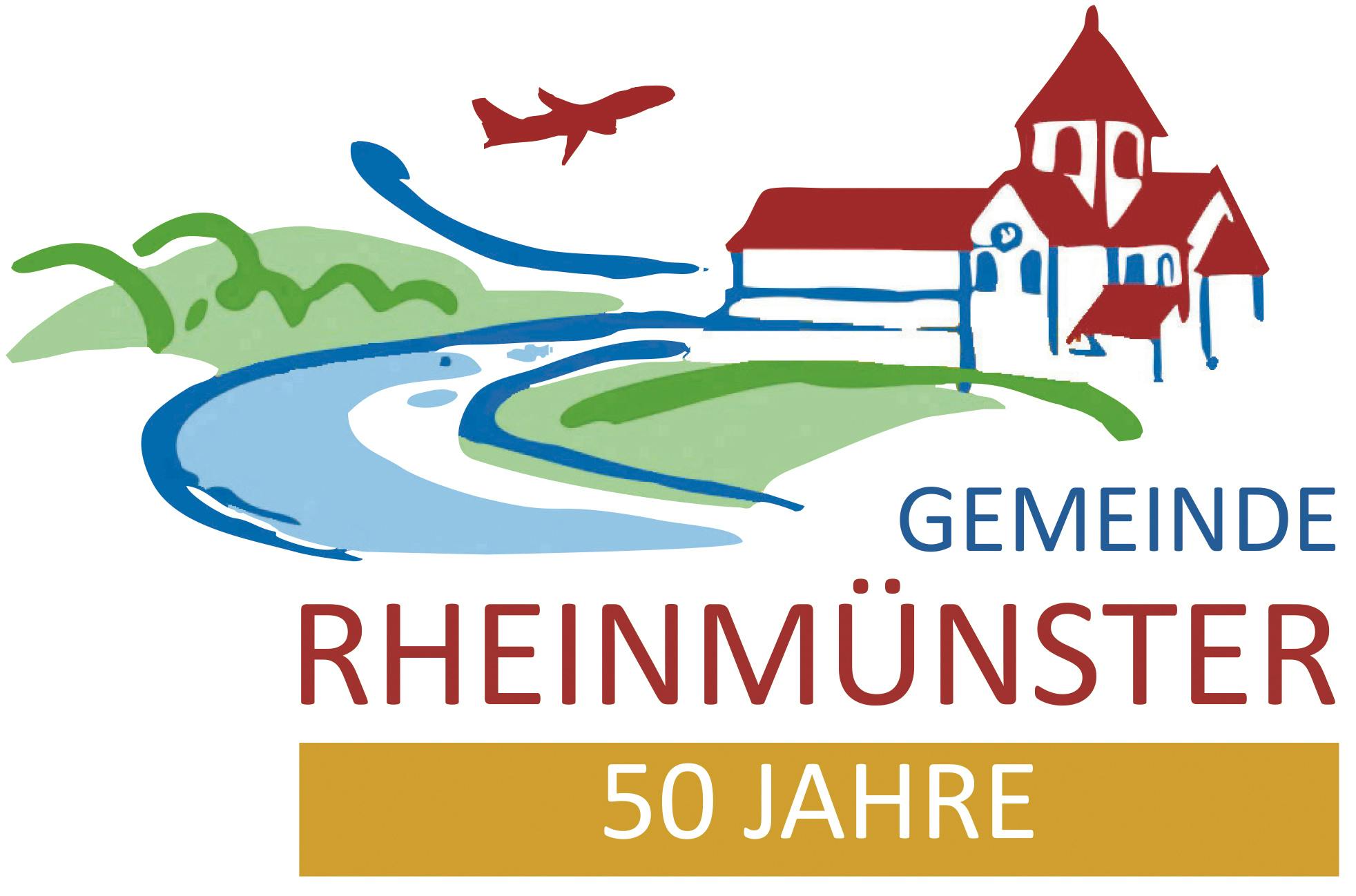History of Stollhofen
In the past, Stollhofen has played an important role as a castle and fortress, administrative and legal headquarters, and as a mother parish. In a document from 1154 the town was referred to as “Stadelhofen” and in the 13th century the village was elevated to the status of a town.
The authority of Stollhofen came into existence as early as 1472 and extended as far as Rastatt and the Upper Rhine. After several rights were transferred in 1309, Abbott Johann from the abbey in Schwarzach sold the town with all its rights in 1490/93 to Margrave Christoph von Baden. The “Baden stripe” was added to one section of the divided coat of arms, whilst in another section the key from the Schwarzach abbey coat of arms was retained. Few traces remain of the fact that Stollhofen once had one of the most well-fortified castles in the area. This was the seat of the noble “von Stollhofen” family, who were originally granted mayoral authority as a fief from the abbey of Schwarzach. Later the castle became the fiefdom of various noble families, until it was subsequently made the seat of the Margrave’s governor or official representative.
Judicial control of Stollhofen was originally exercised by the Abbey of Schwarzach and court was held on most Tuesdays in Justice Square “under the fir trees”. With the sale of Stollhofen, the law also came under the control of Baden, and the place of execution was moved outside the town to a location on the road to Lichtenau.
Due to the large amount of traffic on the “Imperial Highway” which passed through the town, Stollhofen took on an important role as an escort station. Even more sought after were the toll incomes, where the master’s customs officer collected a tax according to a precise tariff. Later the town also became an important post and relay station.
The fortified St. Cyriak basilica once stood outside the town walls. After it was completely destroyed in the Thirty Years’ War, Erhard’s chapel took over as the town’s church until 1769, when it was replaced by the baroque style St. Erhard’s parish church with its typical onion dome.
Numerous military disputes took place in and around the fortified town of Stollhofen. As in the peasants’ revolt, it played an important role in the Thirty Years’ war too, when it was conquered and laid to waste several times. However, the high point of its military history was during its fortification as the headquarters and tactical cornerstone of the battle for the “Bühl-Stollhofener-Line” during the Spanish war of succession. It was finally captured in 1707 and the fortifications razed to the ground. Today, the only reminders of this great epoch in the history of Stollhofen are the narrow buildings and the street names.

